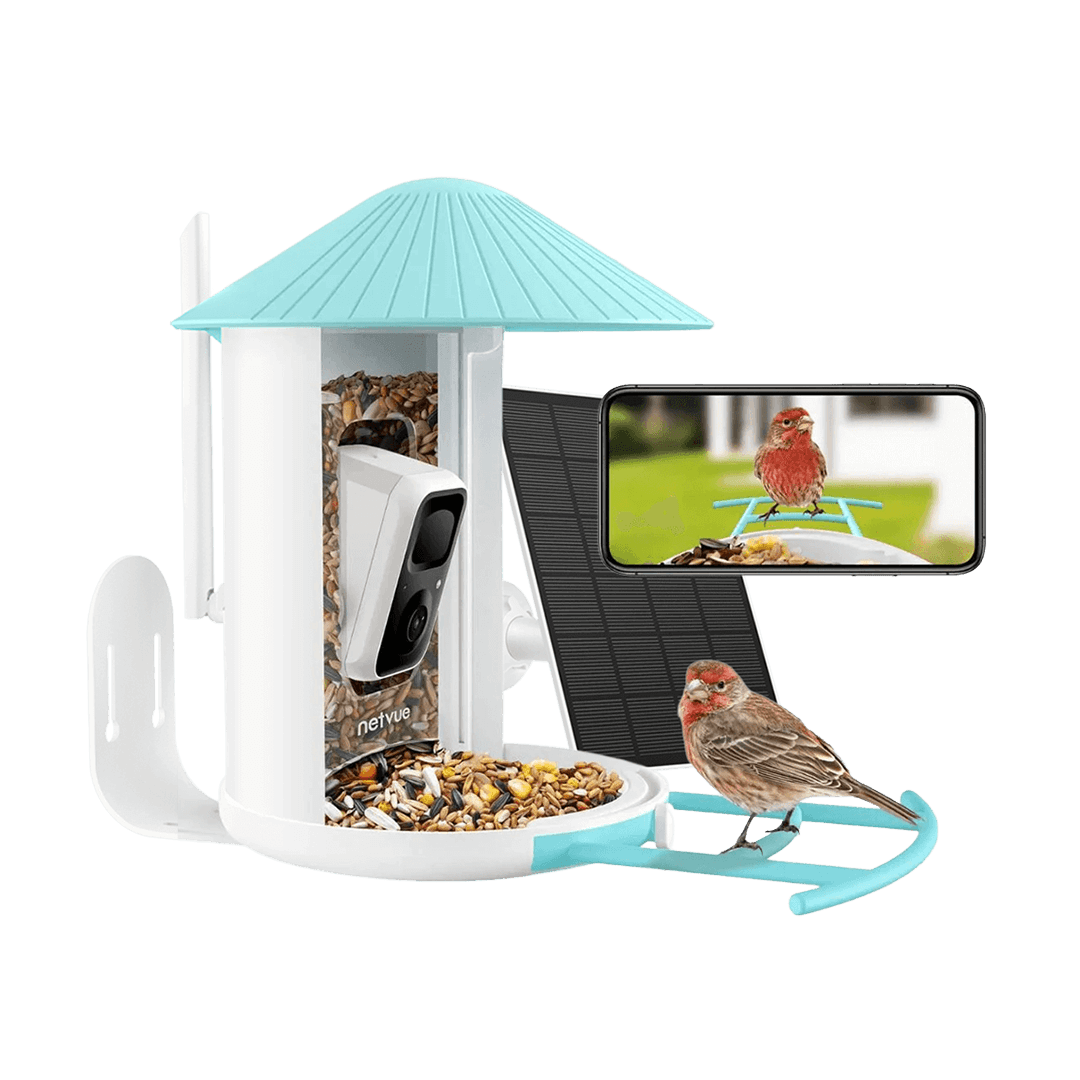Birds of Virginia
Birds play a vital role in the ecosystem by spreading seeds, controlling pests, and maintaining ecological balance. In addition to its ecological significance, birdwatching is a fascinating way to relax, immerse oneself in the wonders of nature, and appreciate the beauty of life.

Located on the East Coast of the United States, Virginia is home to a wide variety of natural landscapes and ecosystems. With its unique geographic location, varied terrain, and climatic conditions, Virginia provides ideal habitats and migration corridors for a variety of bird species. As a result, Virginia is known as a bird lover's paradise, attracting birdwatchers from around the globe to explore its vibrant bird world.
Common Birds of Virginia
Birds in the Forest
Virginia's forests are inhabited by great kinds of birds. Among the common ones is the eastern bluebird, which is known for its bright blue feathers and melodious song. The red-tailed hawk is a majestic raptor that often soars above the treetops. In addition, the forest provides shelter for species such as the American Robin, with its distinctive orange breast, and the Wood Thrush, whose enchanting flute echoes through the trees.

Birds Around Wetlands and Rivers
The wetlands and rivers of Virginia are populated by an abundance of birds. Along marshes and waterways, great blue herons can be seen with their sculpted stature and dagger-like bills, patiently preying on fish and amphibians. The cheerful call of the Belted Kingfisher often echoes across the river as this agile bird swoops down from its perch to catch aquatic prey. Other common wetland birds include mallard ducks, American hoary ducks, and red-winged blackbirds.

Common Birds in Cities and Farmland
Even in cities and farmland, Virginia is still home to a wide range of birds. Northern Cardinals, with their striking red feathers, are regular visitors to backyard feeders and city parks, adding color to urban environments. Eastern Meadowlarks can often be found perched on fenceposts or flying low over fields, their bright yellow breasts and distinctive chirps, a familiar rural sight and sound. In addition, the iconic American Crow and the agile Barn Swallow are commonly seen in both rural and urban areas and have readily adapted to human-altered landscapes.

Migratory Birds of Virginia
Migration routes and timing of observations
Virginia is located along the Atlantic Flyway and is an important stopover for migratory birds as they migrate between breeding and wintering grounds. Coastal areas such as the Eastern Shore and Chesapeake Bay are important stopovers for migratory birds as they prepare to cross vast stretches of water during migration, and inland habitats also play an important role in providing food and shelter for migratory birds. Birdwatchers can witness the rising and falling tides of migrating birds throughout the spring and fall, with peak migration periods typically occurring in April and May in the spring and September and October in the fall.

Spring Migration: Arrivals and Finches
In the spring, large numbers of migratory birds return to Virginia from their wintering grounds. Finches or songbirds make up a big part of these migratory birds. Warblers such as the Yellow Warbler and Blackburnian Warbler add a splash of color to the treetops with their brightly colored feathers. Flycatchers such as the Eastern Crested Newt and Eastern Kingfisher arrive to establish territories and raise their young. In addition, numerous songbirds such as thrushes, orioles, and sparrows pass through Virginia during this time, making it a prime season for birdwatchers to witness migration spectaculars.

Fall Migration: Departures and Passages
Fall is the time when Virginia bids farewell to the many migratory birds that embark on their journey south. Coastal birds like semipalmated sandpipers stop in coastal areas and wetlands to rest and refuel before continuing their long journey. Raptors, including broad-winged hawks and fish eagles, gather to form impressive flocks of migratory birds that soar high in the sky to their wintering grounds in Central and South America. Waterfowl such as Canada geese and northern crested grebes also begin their southward migration, foraging in lakes, rivers, and marshes across the state.

Rare Birds of Virginia
Rare Habitats and Occurrence Sites
Virginia is a place for several rare birds associated with specific habitats and occurrence sites. On the coast, the endangered plover can be found nesting on sandy beaches, while the enigmatic black iron resides in salt marshes and wetlands. In the mountains, Swainson's warblers seek out dense understory habitats. Birdwatchers may also encounter rare birds like painted bunting in open woodland or the northern saw-whet owl in coniferous forests to enhance interest in their birdwatching trips.

A unique experience for birdwatchers
For birding lovers, encountering rare birds in Virginia is a unique and unforgettable experience. Whether it's a stray bird blown off its course during migration or a rare native bird rarely seen outside of its limited range, discovering a scarce bird adds an exciting element to a birding trip. The sighting of rare birds often attracts the attention of birdwatchers who share information and cooperate to document and conserve these special visitors. The pursuit of rare birds enhances fellowship among birdwatchers, inspires a deeper appreciation for the wonders of nature, and realizes the importance of preserving Virginia's avian treasures.

Virginia's diverse landscapes provide habitat for a wide variety of bird species, offering birdwatchers unique opportunities for observation and appreciation. From forests to wetlands, from cities to farmland, and along migration routes, the diversity of Virginia's birds colors the state's rich natural heritage. Whether viewing common birds or searching for rare birds, birding in Virginia is an unforgettable experience that fosters an appreciation for the beauty and importance of feathered friends and their ecosystems.






